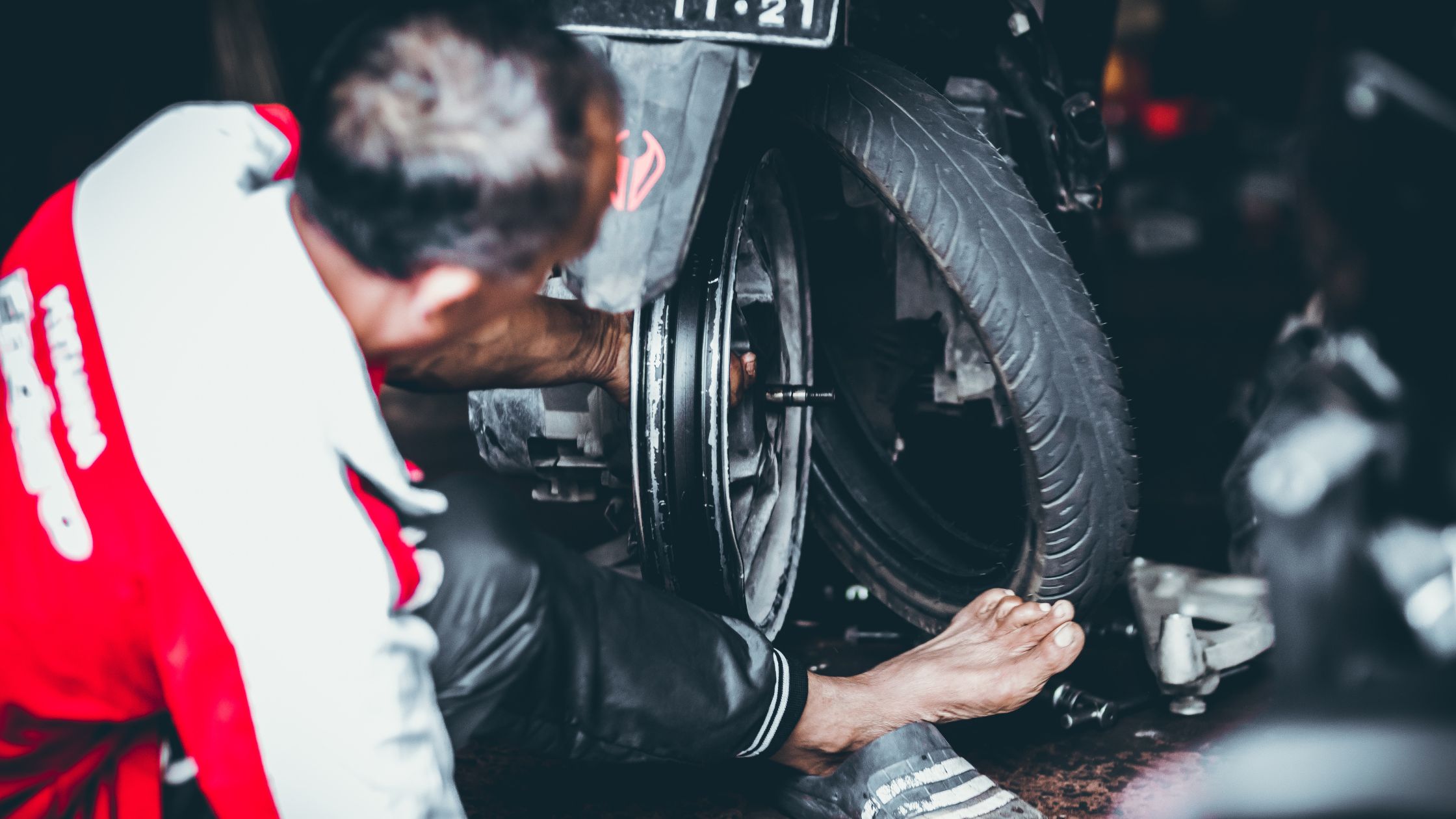Jika anda sedang mencari What Is A Motor Starter, anda berada di tempat yang tepat! Disini saya akan mencoba membahas beberapa pertanyaan mengenai What Is A Motor Starter.
What does a motor starter do?
Starters are devices that control the use of electrical power to equipment. As the name implies, starters “start” motors. They can also stop, reverse, accelerate and protect them. Starters are made from two building blocks: contactors and overloads.
What does a motor starter have?
Motor starters consist of two devices—a contactor that completes the circuit to the motor and an overload relay that monitors the current the motor is drawing. This overload protection device is set to a pre-determined maximum load that the motor can safely handle.
What are the two types of motor starters?
A starter turns an electric motor or motor controlled electrical equipment on or off, while providing overload protection. Starters represent another evolution in motor control applications. The two main types of starters are Manual Starters and AC Magnetic Motor Starters, commonly known as Motor Starters.
What are the types of motor starters?
Manual Starter. Magnetic Starter. Direct Online (DOL) Starter. Stator Resistance starter. Rotor Resistance or Slip Ring Motor Starter. Autotransformer Starter. Star Delta Starter. Soft Starter.
Is a motor starter necessary?
The need for a starter is dictated by the type of motor. Generally speaking, low-power motors do not require starters, although what’s considered low power may be debatable. For instance, small dc motors that run on low voltages (24 V or less) don’t require starters.
What is the necessity of starter?
Starters are used to protect DC motors from damage that can be caused by very high current and torque during startup. They do this by providing external resistance to the motor, which is connected in series to the motor’s armature winding and restricts the current to an acceptable level.
What is the difference between motor starter and contactor?
The contactor applies voltage to a contactor coil to close the contacts and to supply and interrupt power to the circuit. A motor starter is simply a contactor PLUS an overload relay and is rated by motor HP or amperage. If there is no overload relay it is not a starter any longer. It’s back to being just a contactor.
Is a motor starter the same as a motor controller?
Motor controllers are also referred to as motor starters. These devices are most often offered in a single unit with circuit disconnecting means, a contactor or other type of motor actuator, circuit overload protection, and motor overload protection.
What is a 3 phase motor starter?
This type of three-pole motor-starter is usually described as a three-phase across-the-line or full-voltage motor-starter because full line voltage is applied to the respective motor leads when the motor-starter solenoid coil is energized.
What are the 4 types of starters?
Direct-On-Line Starter. The direct-on-line starter is the simplest form of motor starter, other than a manual starter. Rotor Resistance Starter. Stator Resistance Starter. Auto Transformer Starter. Star Delta Starter.
Does a 1 hp motor need a starter?
Essential and Need of Starter with Motor Motors below 1 HP (0.746 Watts) are directly connected to the power supply without starter because their armature resistance is very high and they have the ability to afford and safely pass the higher current because of the high internal resistance.
Do single phase motors need a starter?
A starter circuit is needed to turn a single phase motor. Once the motor reaches a minimum speed, the starter circuit is turned off. Three phase motors don’t need a starter circuit. The start up current surge can be 6 or more times the run current.

Why starters are used for AC motors?
A starter is a device that reduces initial high current of the motor by reducing the supply voltage applied to the motor. Such reduction is applied for very short duration and once the motor accelerates, slip value decreases and hence a normal voltage is then applied.
What differs a motor starter from a relay?
A Motor Starter is a basically a contactor with the addition of an overload relay which will drop out the coil voltage in case of motor overload condition. A Contactor is an electrically control switch same as a relay. It is used for switching the current to ON and OFF a circuit.
What is motor circuit?
A motor power circuit is the section of an electrical motor circuit that delivers high voltage or current to an electric motor. A motor power circuit includes a disconnect switch, a control transformer, protective devices (fuses or circuit breakers), a motor starter, and a motor (See Figure 1).
How is motor controlled?
The simplest electric motor controlling mechanism is a switch which connects/disconnects a motor to a power source. The switch may be operated manually or via a relay connected to a sensor which serves to automatically turn ON and OFF the motor.
Where is DOL starter used?
A direct on line starter can be used if the high inrush current of the motor does not cause excessive voltage drop in the supply circuit. DOL starting is sometimes used to start small water pumps, compressors, fans and conveyor belts.
What is a single phase motor starter?
Single Phase Motor Starters It can be used in various applications such as air conditioners, washing machines, grinders, refrigerator, irons, toasters, heaters, etc. Construction & Features: Available Current Ratings: 6,10,16,20,25,32 A. Operating Voltage: 240V, 50Hz AC. Compact and Ergonomic design.
What is a stator motor?
In an electric motor, the stator provides a magnetic field that drives the rotating armature; in a generator, the stator converts the rotating magnetic field to electric current. In fluid powered devices, the stator guides the flow of fluid to or from the rotating part of the system.
How much is a starter?
A new starter may cost between $80 and $350, but you should also factor in labor costs which may cost between $150 to $1,000. For most vehicles, the complete starter replacement cost is around $500.
Why do starter motors fail?
The simplest cause of this sort of fault is a loose or corroded electrical connection. If there is a fault with the internal windings of the starter motor, bad brushes, or other electrical faults, the starter motor may lack the torque to crank the engine.
What happens when your starter goes out?
When the starter components are worn out or are not engaging properly, it often produces a grinding noise similar to the one you hear if you accidentally engage the ignition switch again after starting the engine. If you ignore the grinding symptom, it can also result in damage to the engine flywheel.
How do I choose a motor starter size?
Refer to your motor or equipment nameplate to verify the Full Load Amperage (FLA) at the line power voltage you intend to provide. Choose a starter rated for current (Amps) higher than the FLA of your motor at the line power voltage you intend to use.
Which type of starter is used for 20 hp motor?
Three Phase DOL Motor Starter TYPE AL 2.
Terimakasih telah membaca What Is A Motor Starter, semoga jawaban dari pertanyaan anda telah saya jawab semua. Semoga bermanfaat!
 Mobil Series Situs Mobil Terbaik se-antero Bintaro
Mobil Series Situs Mobil Terbaik se-antero Bintaro
